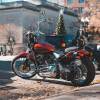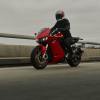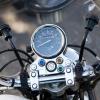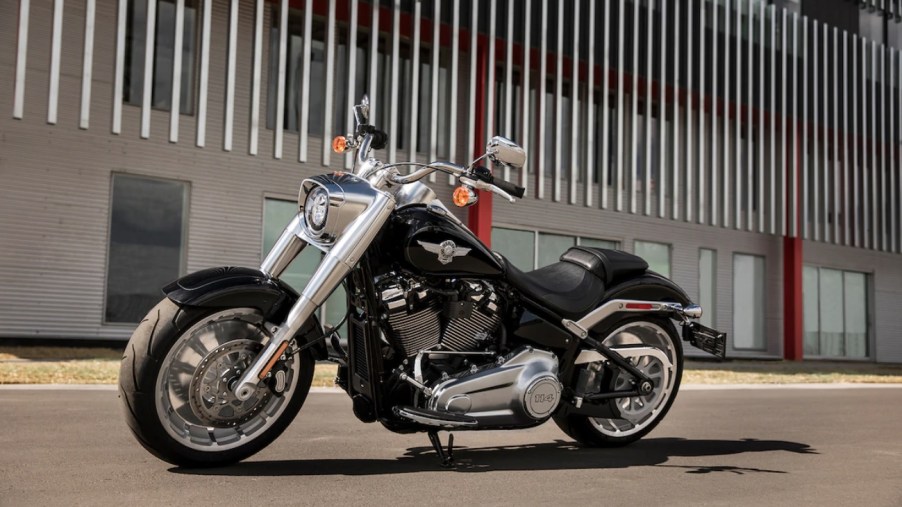
Harley-Davidson Could Learn From Hummer
Although it’s finally found itself a new CEO, the news from Harley-Davidson still isn’t encouraging. The company’s sales were struggling even before the COVID-19 pandemic. Moreover, Harley’s planned adventure and streetfighter bikes have yet to materialize. And it doesn’t help that the electric LiveWire is priced significantly higher than many other electric motorcycles. Harley-Davidson has recently announced a new business plan to attempt to turn things around. But what may really help is taking inspiration from another American brand thought dead: Hummer.
Harley-Davidson’s latest business plan
Under previous CEO Matt Levatich, Harley-Davidson focused on diversifying its portfolio, Jalopnik reports. The LiveWire debuted under his time with the company, as did the as-yet-unreleased café racer and dirt-tracker bikes. However, Jalopnik reports, based on a memo obtained by the Wall Street Journal, new CEO Jochen Zeitz plans to do basically the exact opposite.
Harley-Davidson will begin reopening its factories starting the week of May 20, 2020 in several phases, The Drive reports. Naturally, that means full-scale production won’t return for some time. In fact, the memo states “about 70%” of dealerships won’t receive new bikes this year. But that’s not necessarily all to do with the complexities of restarting a production line.
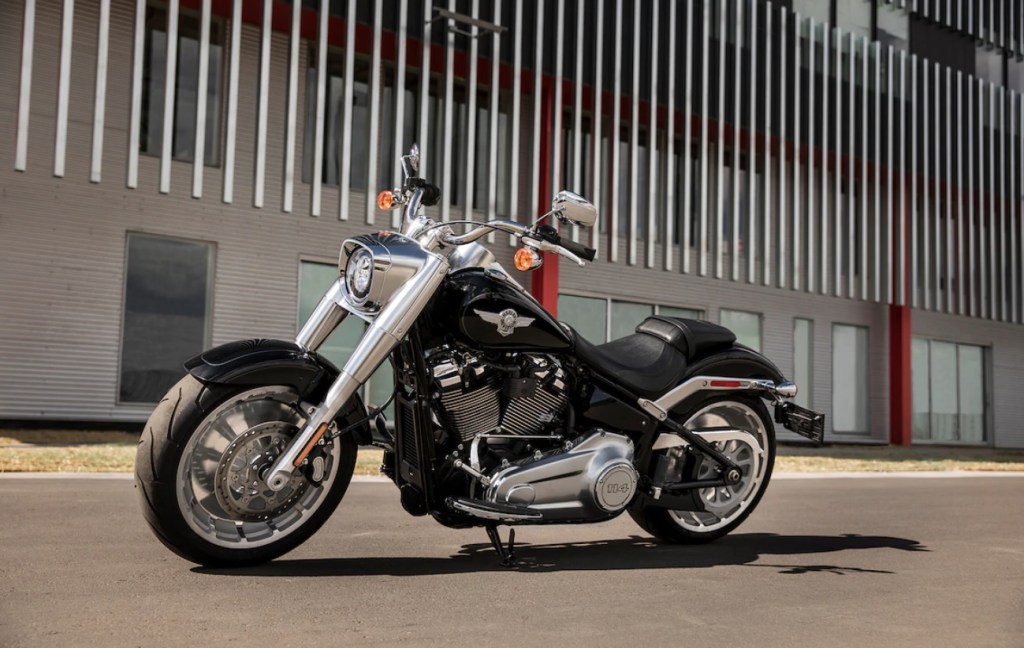
Zeitz’s plan, RideApart explains, involves cutting down the number of models, trims, and even trim colors Harley-Davidson makes. As of this writing, which specific bikes will get axed is unknown. Logically, though, it’ll be whichever are least profitable/least popular. In addition, it seems that Harley will be permanently reducing how many motorcycles it builds annually.
So, to summarize, Harley-Davidson plans on making fewer motorcycles, available in fewer configurations. Which, at first glance, seems exactly the opposite of what a company experiencing a sales decline would do.
Will this help the company?
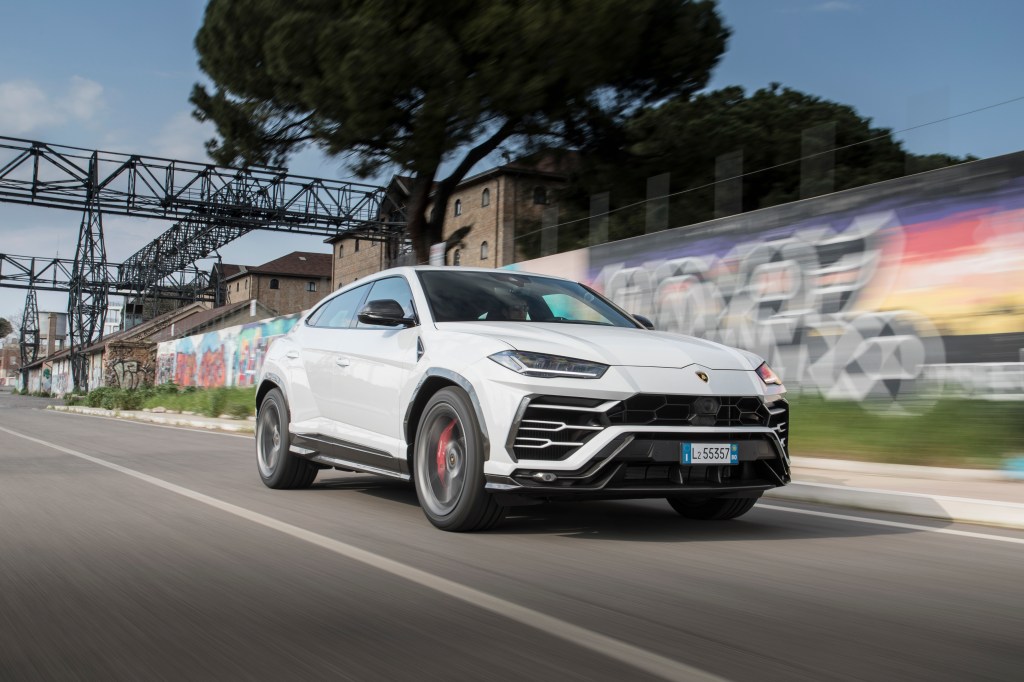
To be fair, as Roadshow reports, this strategy does make a certain amount of sense. It’s the same strategy high-end marques like Ferrari and Lamborghini employ to maintain an air of ‘exclusivity.’ That’s why, for example, Lamborghini limited Urus production. The SUV was selling so well, execs feared the brand would lose its mystique. And in quite a few foreign markets, Harley-Davidson is perceived as a similar premium brand.
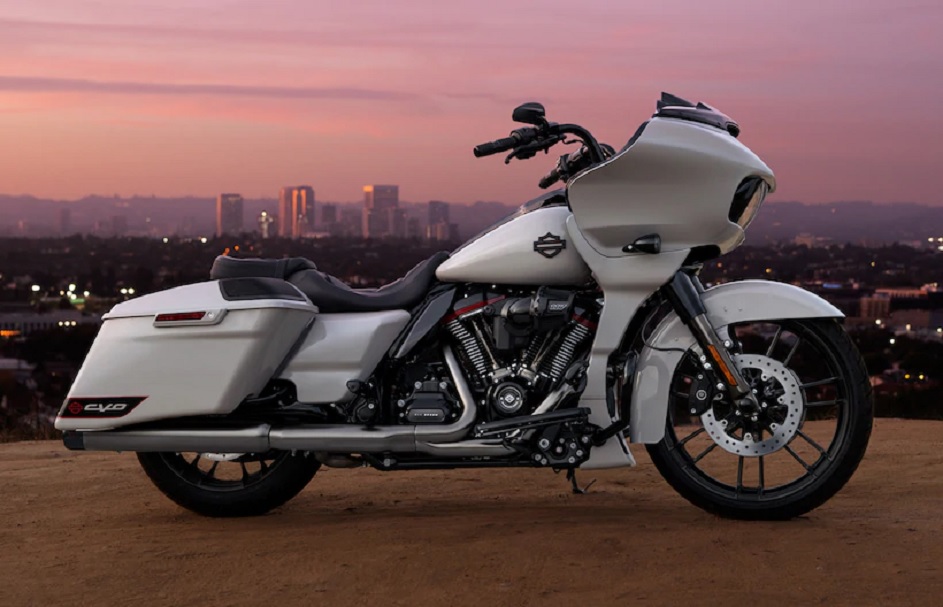
However, Harley-Davidson’s plan is by no means perfect. For one, low-production brands like Ferrari and Morgan offer a high degree of customizability to go with their low output. But Harley’s actually planning on decreasing the amount of customization it lets customers perform. And many buy Harleys specifically for that degree of personalization.
In addition, as Roadshow also points out, Harley dealers were already struggling to sell new motorcycles before the inventory cuts. The used models were basically just as good, only cheaper. That’s why, before, the company asked its dealers to restrict used bike sales. But now, those dealers could be forced into the practice to survive.
But the biggest problem, Road & Track muses, is that Zeitz’s plan doesn’t address the actual problem Harley-Davidson’s facing.
Harley needs a culture shift
Starting in the 1960s, Harley-Davidson really leaned on selling a bad-boy image. Which, at the time, was OK, because its Baby Boomer customers were fairly young and had cash to burn. But slipping sales meant the motorcycle company was acquired by a larger sporting-goods corporation. Which proceeded to damage Harley’s reputation for quality, confounding the problem.
To recover, the Harley and Davidson families bought the company back but had to ask then-President Ronald Reagan to impose 49% tariffs on foreign-made, large-capacity bikes so they could modernize. This is a strategy President Trump also used, albeit on US-made metal. Which resulted in foreign governments heavily taxing American goods in response. Goods like Harley-Davidson’s bikes, which depended on imported metal—which was now itself more expensive.
That’s why Harley-Davidson ramped up bike production outside of the US: to save costs. That’s also why Levatich wanted the company to make smaller bikes. They’re the kind of bikes many non-US customers actually buy and ride. However, brand traditionalists considered both moves alien.
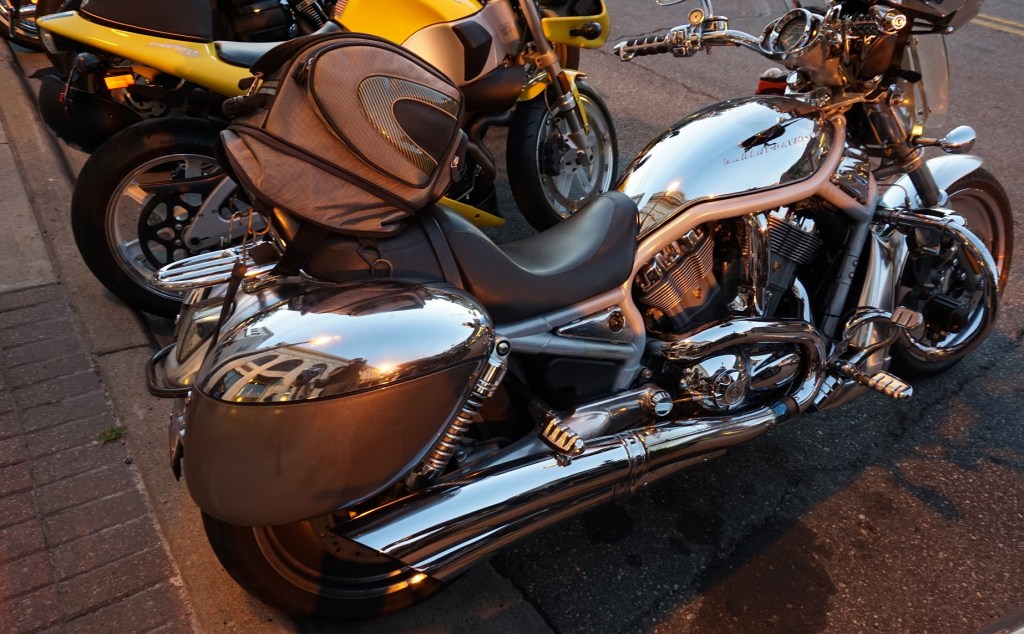
But that almost doesn’t matter. Traditional Harley buyers are aging out of the motorcycle market. So much so, Harley-Davidson stopped reporting its customers’ average age. And that hardcore, bad-boy, Americana imagery that Harley-Davidson cultivated simply doesn’t work with today’s audience. So even if and when Harley tried to go in a different direction, as with the V-Rod, it fizzled. New buyers were put off because of Harley’s overall image, so they didn’t buy it. And the traditionalists didn’t care for it, so they too didn’t buy it.
But it is possible for a company to salvage, at least in part, its future by rebranding. And that’s something Harley-Davidson can learn from Hummer.
What Hummer can teach Harley-Davidson
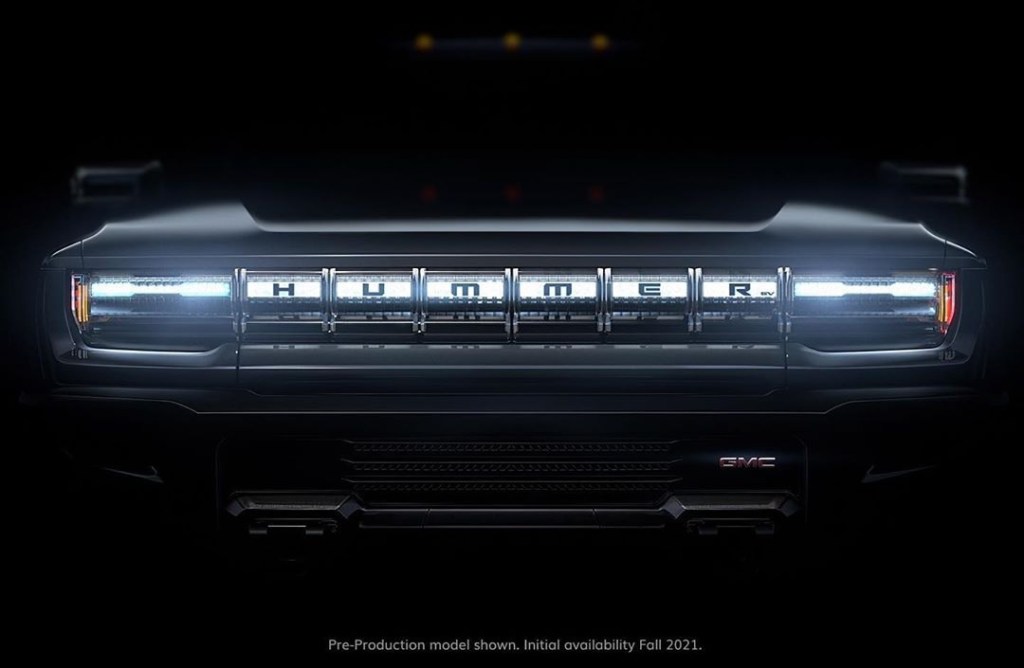
Hummer’s return as a line of high-end GMC electric vehicles was rather unexpected. Especially given how the brand symbolized mid-2000s excess, not to mention its military ties. And given GM had to partner with Honda to develop the Hummer’s battery packs, this rebranding could not have been easy. Or cheap.
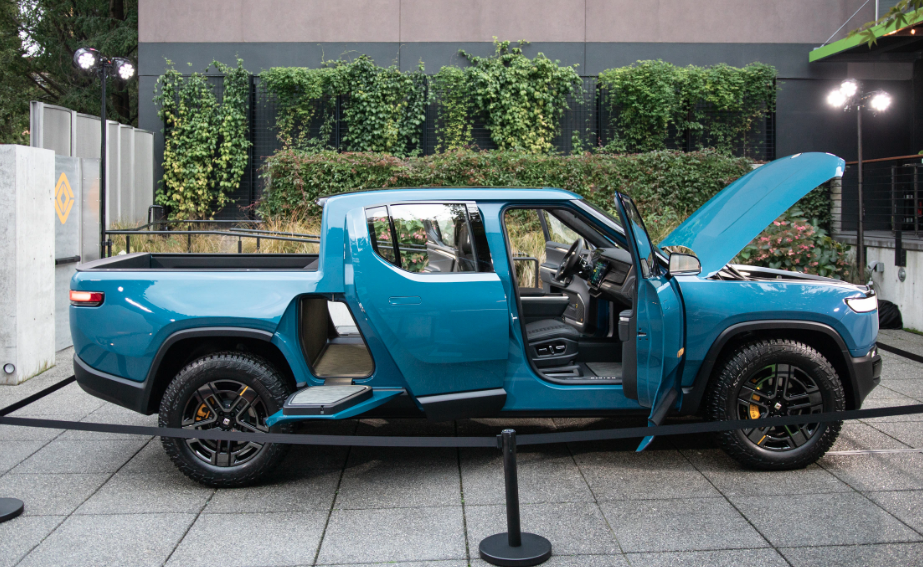
However, it seems to have paid off. Modern EVs are known primarily for two things: no tailpipe emissions and high performance. The GMC Hummer can allegedly go up to 400 miles without burning a drop of gasoline. And GM reports it will do 0-60 in 3 seconds. GMC’s positioning it as a rival to Rivian and Tesla—and, on paper, it’s not a mismatch.
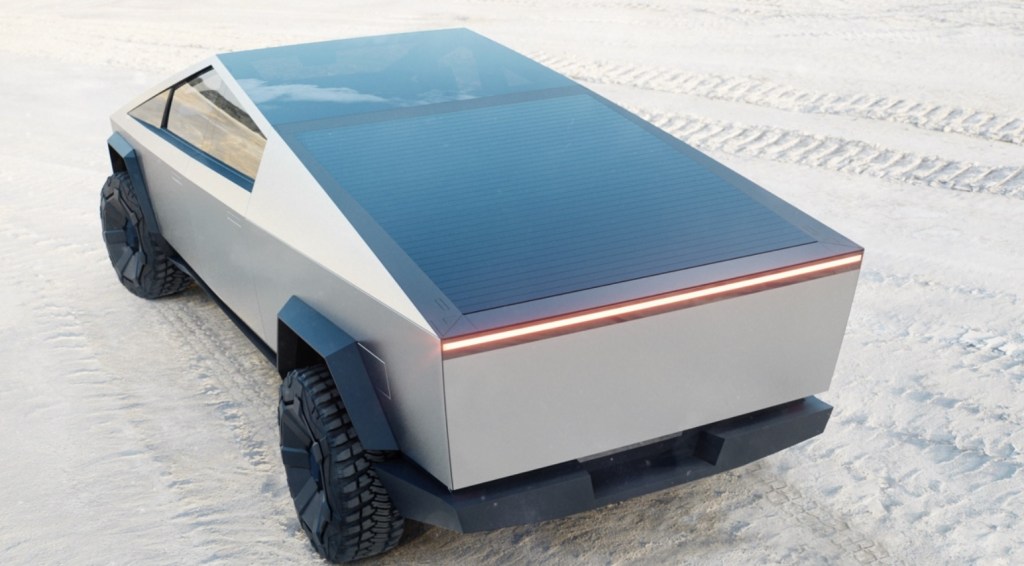
It’s worth noting that both Rivian and Tesla, along with Bollinger, have stressed their electric trucks’ off-road capabilities. That’s exactly what GM is doing with Hummer. The Hummer won’t be an outdated, lumbering military beast anymore. Instead, it’ll be a modern, rugged, luxury electric truck and SUV.
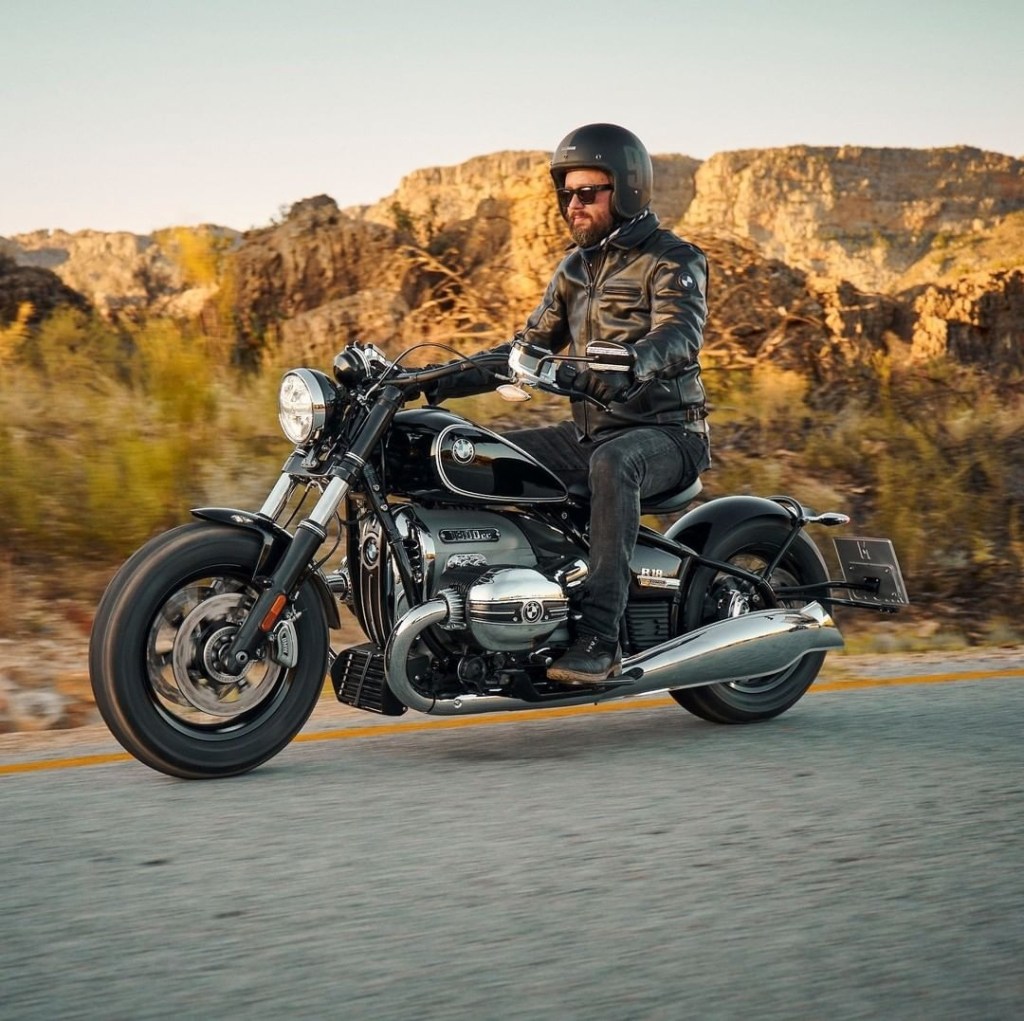
That’s what Harley-Davidson needs to learn from Hummer. That it’s not just about the cost of its bikes, but what those bikes represent. That if it wants to survive, the American bikemaker needs to finally shake off the image it cultivated. Because it’s not like no one’s making big cruisers anymore; BMW’s coming out with one. The world just doesn’t want the associations Harley has always thought needed to come with those big cruisers.
The world doesn’t want leather-clad Hells Angels, just like they don’t want SUV owners playing at going to war. GM understood that. And now Harley-Davidson needs to.
Follow more updates from MotorBiscuit on our Facebook page.
